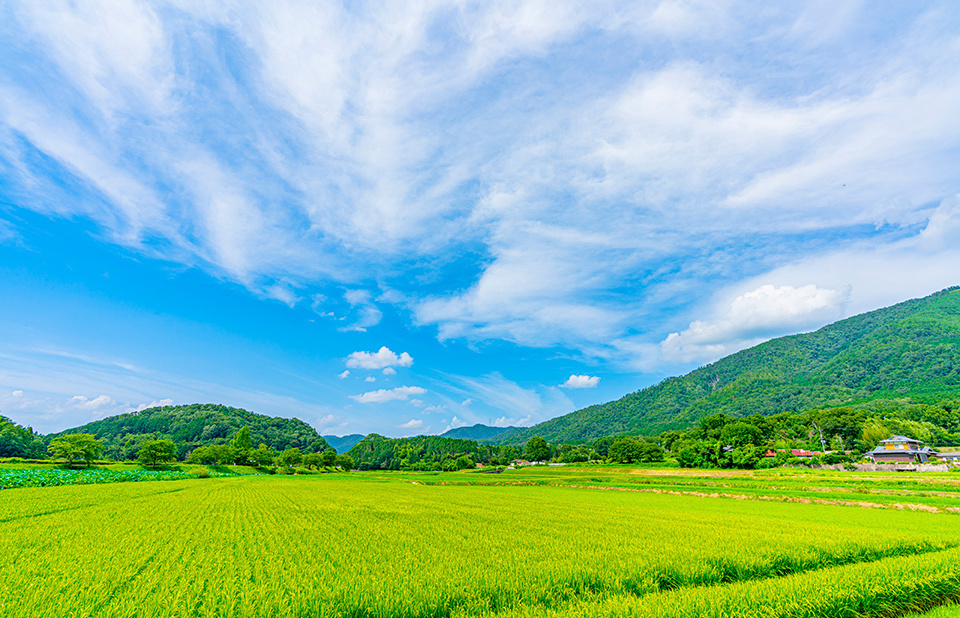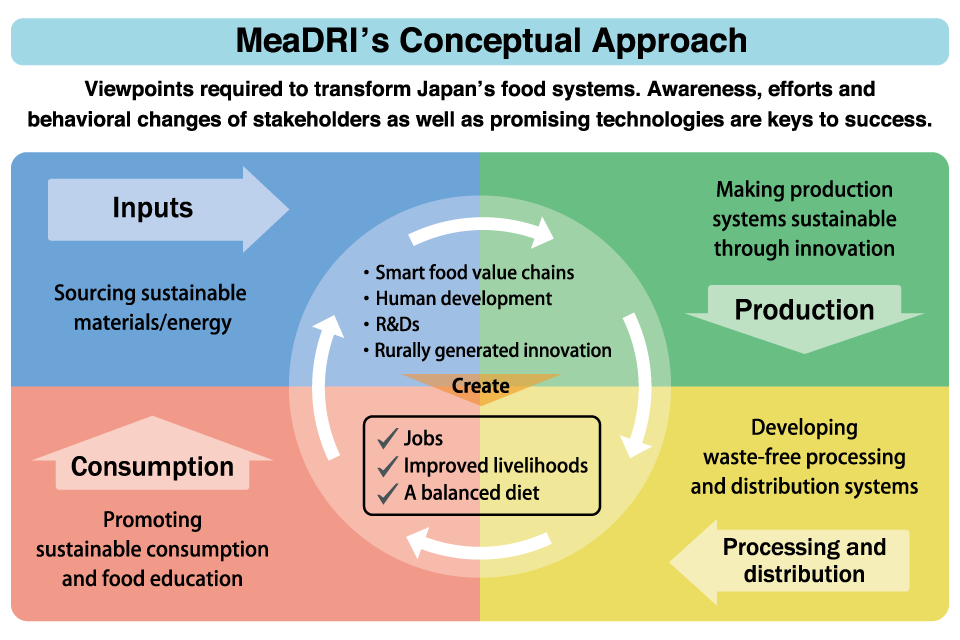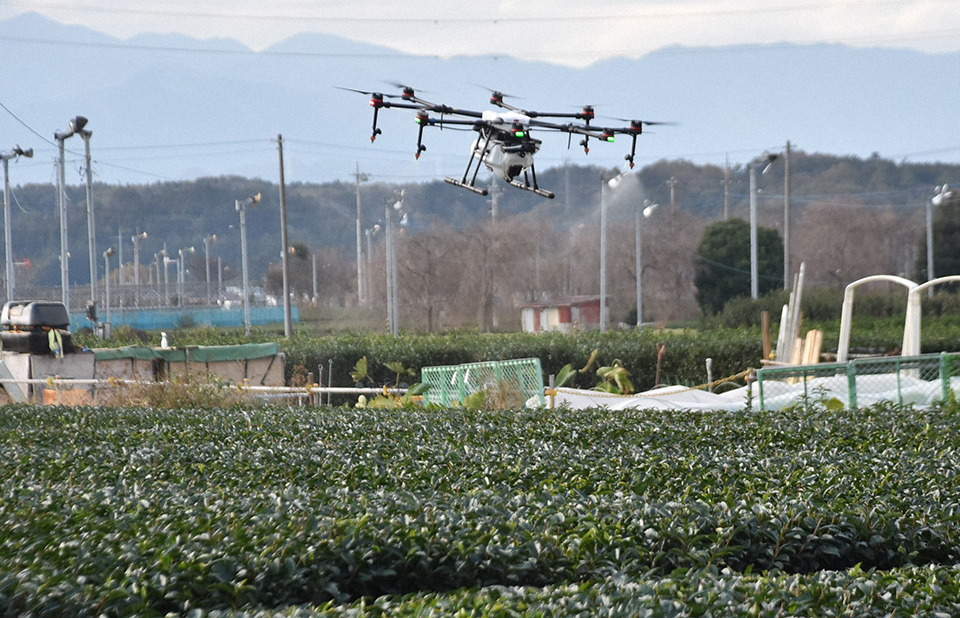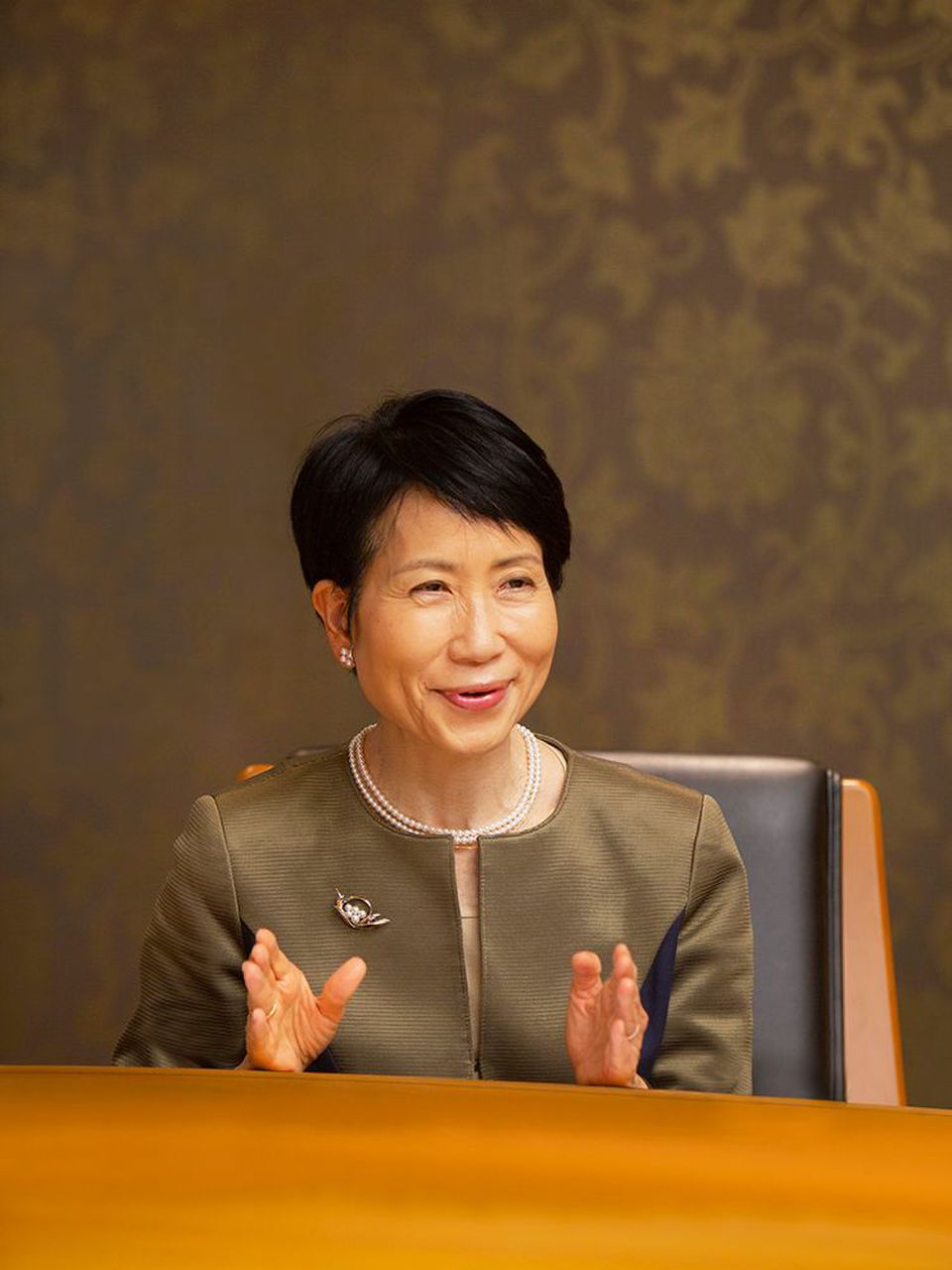As the global environment faces multiple crises, caused by climate change and the loss of biodiversity, Japan has worked out a strategy to rebuild food systems for a sustainable future.


Source: Stockholm Resilience Center (J.Lokrantz/Azote based on Steffen et al.2015)
To join the effort, in May Japan developed a national strategy to transform its food systems and enhance both sustainability and productivity potential: the Measures for Achievement of Decarbonization and Resilience with Innovation (MeaDRI). In addition to a goal of zero carbon dioxide emissions from fossil fuel combustion in agriculture, forestry, and fisheries by 2050, the strategy calls for concrete actions, including promoting the input of materials and energy with lower environmental impact and the establishment of waste-free processing and distribution systems. To achieve these goals, Japan has drawn up a technological development roadmap and is supporting dissemination of innovative technologies. The government is also endeavoring to involve both producers and consumers in these processes.


By putting into practice innovations that reduce the environmental impact of agriculture, Japan will create a leading model for sustainable food systems in the Asian monsoon region.
Japan’s initiative will provide a leading model for new sustainable food systems in areas affected by the Asian monsoon climate, which have different weather conditions and food production infrastructure from those in most Western nations. Countries in the Asian monsoon region, including Japan, share warm and humid climates, and have common farming characteristics; their food production is based mainly on rice and many of their farms are small operations. This particular characteristic will allow Japan’s innovations for sustainable farming to have applications elsewhere in Asia as well. Indeed, Japan is developing technological advancements to boost productivity on its limited amount of arable land, while reducing greenhouse gas emissions from rice paddies and analyzing soil with artificial intelligence. Organic farming, such as automated weed control, will be another groundbreaking innovation.

By putting into practice innovations that reduce the environmental impact of agriculture, Japan will create a leading model for sustainable food systems in the Asian monsoon region.
The United Nations Food Systems Summit will be held in September to discuss the global issue of sustainable food systems. One summit attendee will be Professor ISHII Naoko of the Center for Global Commons, former CEO of the Global Environment Facility (GEF), which supports environmental sustainability efforts made by developing countries. Elaborating on Japan’s role, she said, “Japan imports 60% of its food, and is deeply connected to global supply chains. Rather than only looking within our borders, we also need to look at global supply chains and must make efforts to visualize and quantify the environmental and social impacts including child labor, that we have thus far largely been unable to see. Quantification will show us where and how much our food system has an environmental repercussion, guiding us toward a solution. By visualizing this impact, consumers can make their own choices on what to eat in their daily lives, becoming an integral part of the solution themselves.” She added, “Through an active contribution to global rulemaking processes, Japan can help build truly sustainable food systems worldwide.”

Professor ISHII Naoko said, “The extent of the crisis caused by food systems is not widely recognized in Japan, but we will be proactively involved in global rulemaking through our Sustainable Food Systems Strategy.”
The Food Systems Summit will provide a venue for the world to share visions about the future. Professor Ishii concluded, “It is often said that the food system is broken now. At this summit, participants must look beyond their own interests to engage in substantial discussions on how we can protect the future of the Earth and all its people from falling into a crisis by transforming the current system.”
According to United Nations estimates, the world’s population will reach around 10 billion by the year 2050. Through the Sustainable Food Systems Strategy, Japan is determined to lead in the formulation of international rules that will allow our planet to support each of those 10 billion people.































